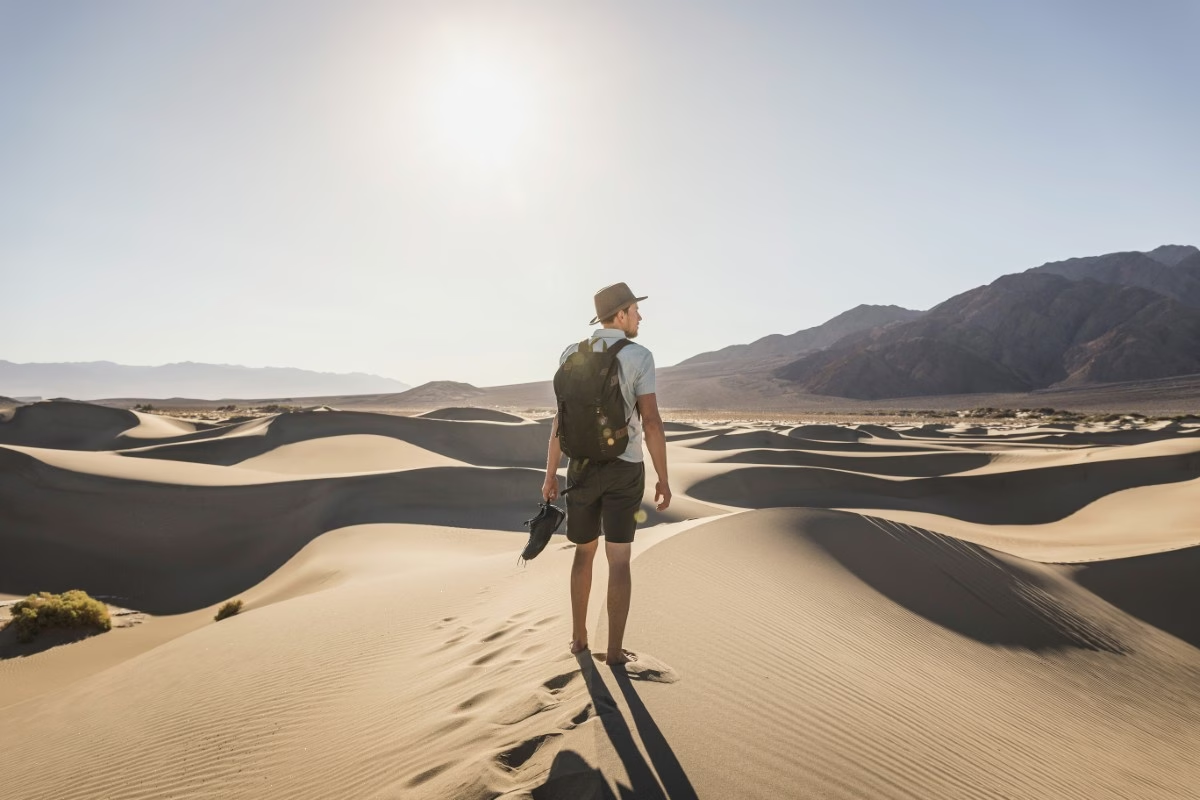Traveling alone is more popular than ever. However, going it alone means shouldering all the responsibility for your safety. Preparation and awareness are key. Plan carefully, enroll in programs like the U.S. State Department’s STEP (Smart Traveler Enrollment Program) for real-time alerts, and purchase comprehensive travel/medical insurance. Carry photocopies of passports (keep one on your body and one locked in your accommodation), stash an extra credit card hidden away, and leave trip details with a trusted contact. Keep your phone battery charged at all times (consider a power bank) – as one solo-retiree advises, a dead phone means losing your GPS and emergency lifeline. Always book at least your first night’s lodging in advance to avoid arriving tired and stranded in an unfamiliar place.
Global Trends & Statistics
Low crime and a “relaxing environment” are major factors for solo travelers. A 2024 Skyscanner survey found the top traits people look for in a solo destination include safety and low crime. As destinations go, surveys show Japan, Portugal, Iceland, and New Zealand are increasingly favored by solo travelers for their safety and ease, whereas Mexico, Egypt, Turkey and China are often avoided due to higher risks. (See table below.) Solo travel also skews young: 59% of women and 90% of men surveyed report feeling safe traveling alone. Still, one in four solo female travelers say they felt unsafe at least once in the past year, and only about 52% carried travel insurance.
| Favored (Safe) | Avoided (High Risk) |
|---|---|
| Japan | Mexico |
| Portugal | Egypt |
| Iceland | Turkey |
| New Zealand | China |
“Solo travel is on the rise, but so is traveler vigilance,” notes Dan Richards of Global Rescue. Indeed, 45% of travelers say safety “almost always” influences their destination choice. In practical terms, experienced advice is to stay situationally aware at all times – keep your head up in crowds, trust your instincts if a situation feels wrong, and avoid obviously risky areas (e.g. deserted streets after dark). If something feels unsafe, remove yourself immediately and seek help (for example, go to a populated shop or hotel lobby).
General Planning & Tech Tips
Before you go, research local laws and customs. Check government advisories and register with your embassy or consulate. Download safety apps and useful tools: maps (offline), currency converters, language translators, and a “find my location” app. For example, travel expert Sally French recommends sharing your ride location via Uber/Grab and enabling your phone’s “Find My” feature so someone back home can track you. She says:
“Even I have ‘Find My’ on my smartphone… I want [family] to know where I am.”
Carry a local SIM or an eSIM so you have data wherever you go. Inform your bank of your trip to avoid frozen cards, and consider a minimalist money belt or hidden pouch under your clothes for cash and cards. Use multiple credit cards: keep one in your wallet and a backup hidden separately. Keep emergency contacts in your phone and on a paper copy (local emergency numbers, your hotel, family contacts). Finally, always check the weather and news for your destination just before you depart and while traveling; late-breaking advisories may change your plans.
Transport & Transit
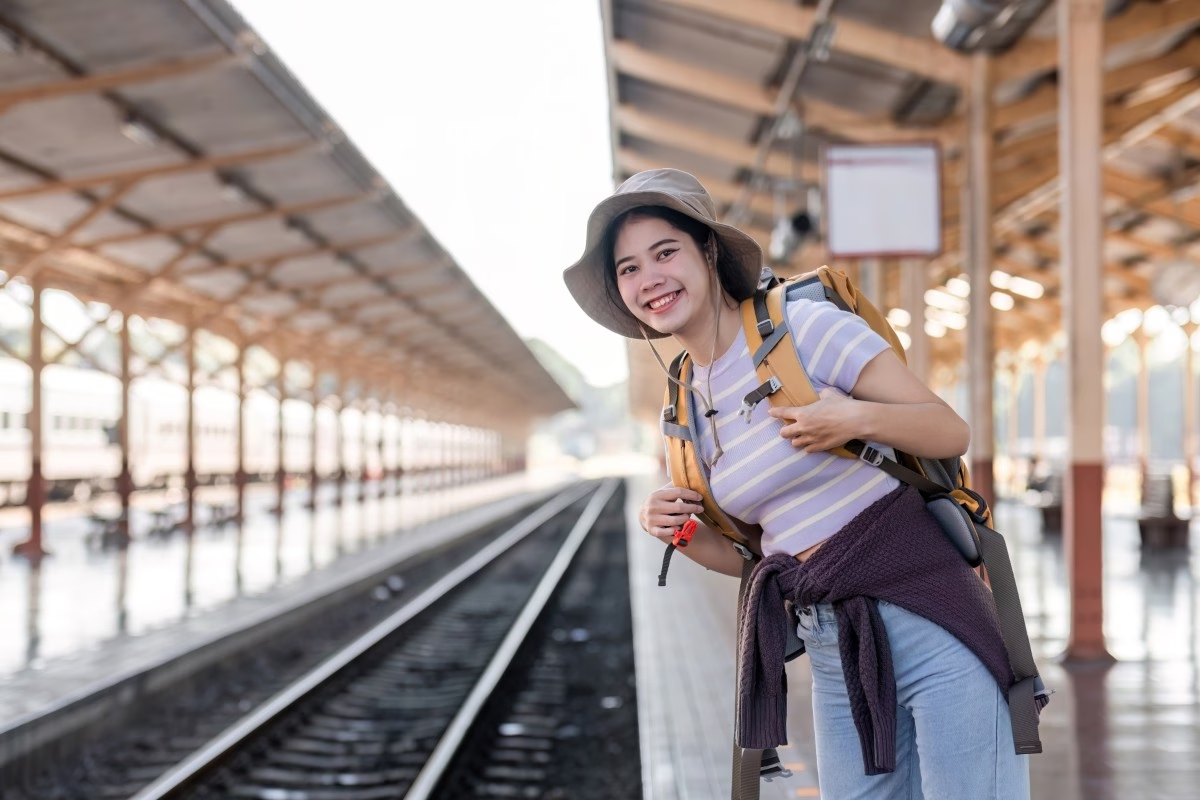
Be extra cautious when in transit. For airports, trains, or buses:
- Stay Alert: Keep your belongings in sight. Use locks on bags and a theft-proof bag (slash-resistant straps or hidden zippers).
- Daytime Arrivals: Whenever possible, schedule flights or train arrivals for daylight hours. Navigating a city at night on your first day can be harder and less safe.
- Official Transport: Use registered taxis or rideshares rather than flagging unknown cars. Apps like Uber/Lyft with location-sharing add safety. Share your itinerary with someone.
- Public Places: In busy stations or public transit, watch out for pickpockets. Keep valuables in front pockets or in a secured compartment. Avoid walking alone on quiet platforms late at night.
- Mask & Hygiene: Even beyond pandemic times, airports can be densely crowded. A simple mask can help maintain personal space and health (especially during flu season).
Tip: On trains or buses, always sit near other people or in the conductor’s view if possible. If you feel uneasy about a fellow passenger, trust your gut and switch seats or get off at the next stop (and wait in a safe, public area).
TripWays’ guides emphasize good transit habits. For example, its Puerto Rico travel guide notes: “El Yunque is safe but do hike with care… If going solo, stick to marked trails, inform park rangers of your plans, and consider joining a group tour for added safety”. Even though that’s for a park, the principle applies everywhere: always leave a “float plan” – tell someone where you’re going and when you’ll be back.
Backpacking & Adventure Travel
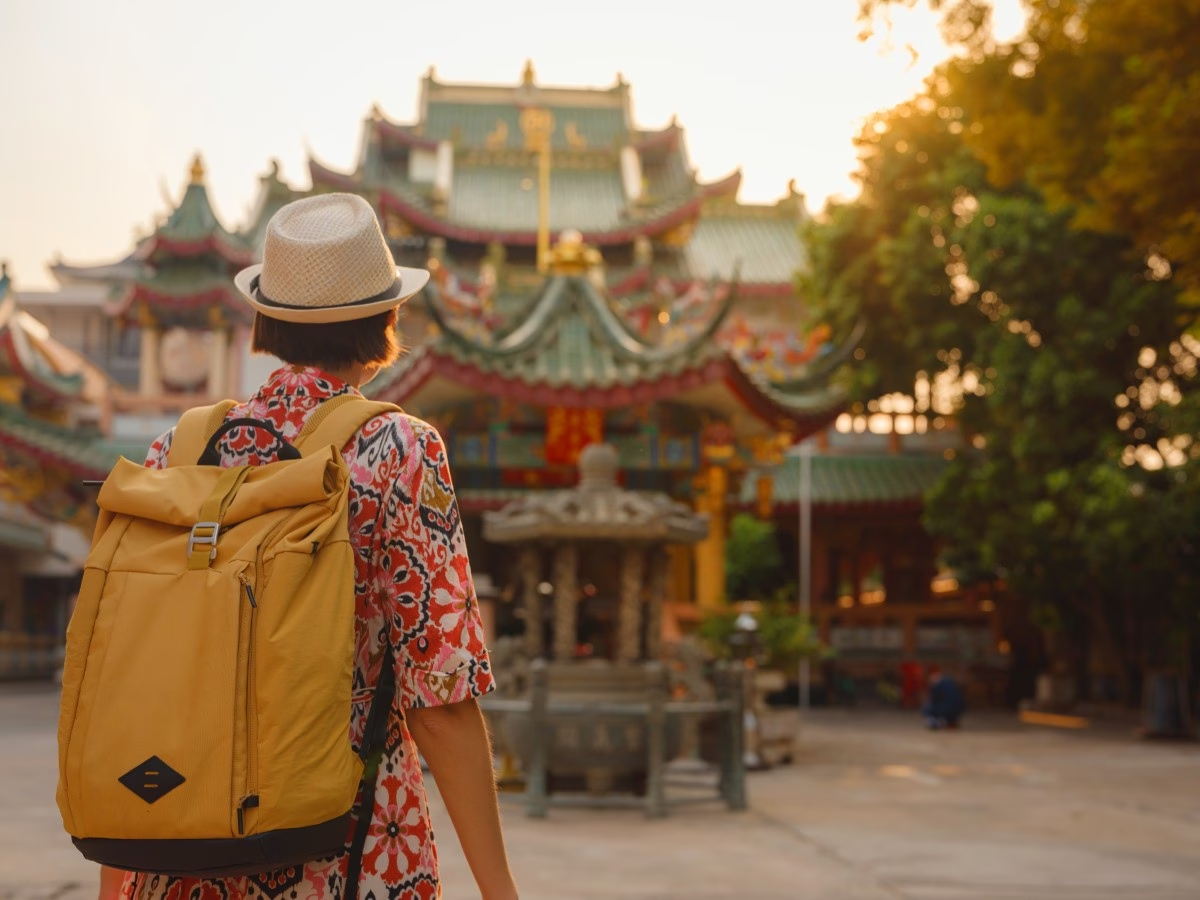
If you’re backpacking or trekking in remote areas:
- Plan Routes & Permits: Research your trail or region in advance. Obtain any required permits and study maps. Share your route with a friend.
- Local Guides: Whenever possible, hire local guides or join small groups for treks; they know the terrain and can react to hazards.
- Stay on Trails: Always follow marked trails and posted signs. Shortcuts through unmarked terrain can lead to getting lost or worse – one traveler had to be rescued for wandering off trail.
- Emergency Gear: Carry a basic first-aid kit, headlamp, knife, rain jacket, water purifier, extra snacks, and a whistle. One outdoors expert advises packing as if you might “spend the night in the wilderness” – bring items for unexpected delays.
- Communication: In many remote areas cell service is spotty. Carry a portable charger and consider a satellite communicator or personal locator beacon if venturing very far from civilization.
- Weather Watch: In the mountains or jungle, weather can change rapidly. Check forecasts and retreat early at signs of storms (e.g. dark clouds, thunder).
- Wildlife & Nature: Learn about local wildlife safety (e.g. bear spray in bear country) and environmental risks (snow, altitude, dehydration). Respect animals at a distance. In tropical areas, use bug spray and drink only purified water.
- Buddy Backup: Even if traveling alone, consider meeting or pairing up with another hiker from your hostel or a guided group – there’s safety in numbers on a trail.
Urban Travel
In cities and towns:
- Stay in Safe Areas: Choose accommodations in safe neighborhoods (TripWays often marks this in its city guides). Read reviews for tips on dodgy areas. When out, stick to well-lit, populated routes. Avoid deserted alleys or parks at night.
- Blend In: Try not to advertise yourself as a tourist. Act confident, keep maps/guidebooks out of sight, and avoid wearing flashy jewelry. Carry a photocopy of your passport rather than the original if possible.
- Learn Local Customs: Some cultures have strict norms (e.g. dress codes, gender interactions). Respect these to avoid unwanted attention. For example, female travelers in conservative countries often choose modest clothing to minimize staring.
- Meet Locals & Groups: Cafés, language exchange meetups, and tour groups (even mixed-gender or women-only tours) are great ways to experience a city safely. Many solos find local meetup apps or hostels’ group activities useful.
- Avoid Public Intoxication: Drinking too much in an unfamiliar city is dangerous. Keep an eye on your drink and depart crowded bars together with other travelers if possible.
- Regular Check-Ins: Schedule a nightly check-in call or text to family/friends just to say you’re okay. Even a quick message can be vital if something goes wrong.
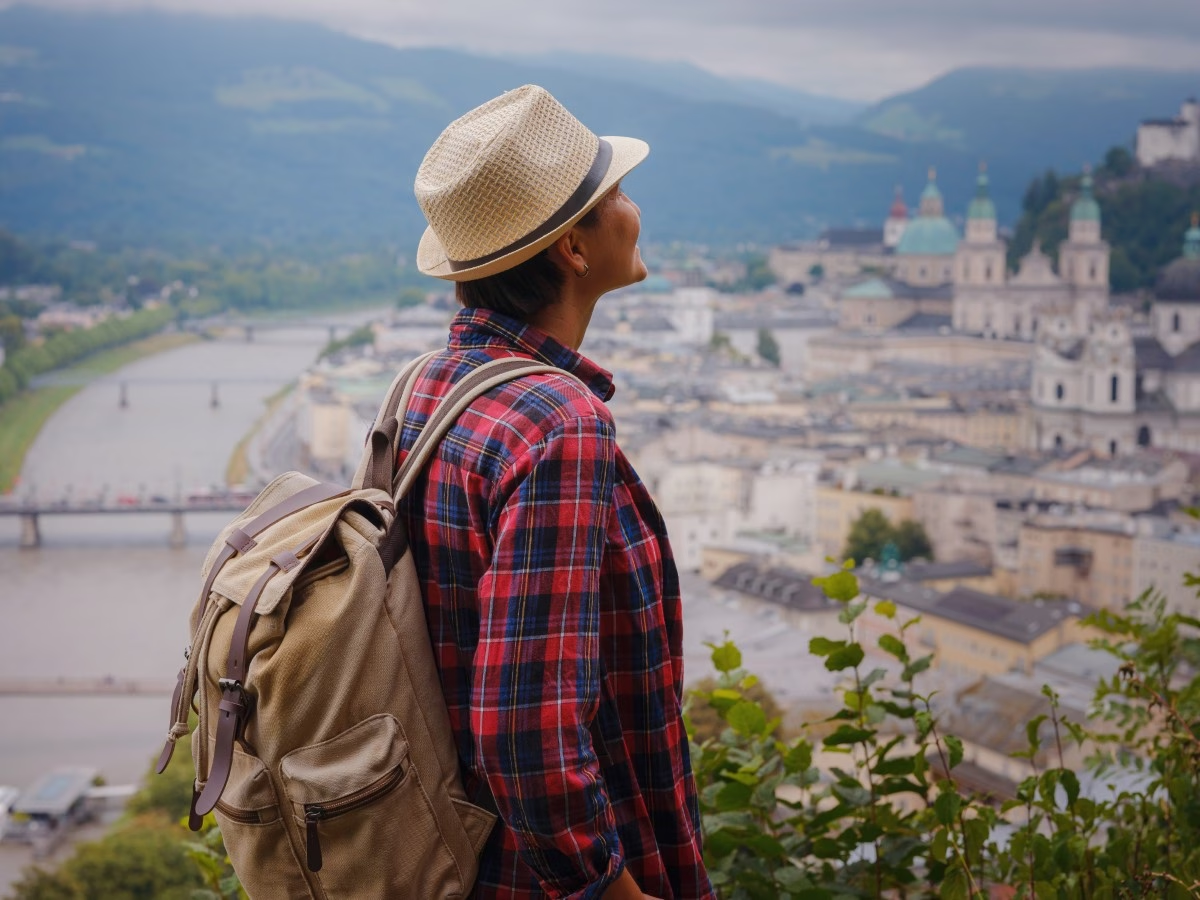
Female Solo Travelers
Women often face additional challenges abroad. A recent survey found 70% of solo women worry most about personal safety on the road, and 25% have felt unsafe on a trip in the past year. Here are some extra precautions:
- Self-Defense Tools: Carry items like a safety whistle or, where legal, pepper spray or a personal alarm. Traveling by bus or train? A compact doorstop alarm can deter someone in your private space. Note: only use them defensively and check legality in your destination.
- Dress & Demeanor: Dress neutrally and try to look like you know where you’re going. In many places, women blend in more by covering tattoos or removing conspicuous designer labels. Walk with purpose, even if you feel lost – act as if you belong.
- Don’t Announce Solo Status: Avoid saying “I’m alone” to strangers. It’s okay to make friends, but keep personal details private. Be firm if someone’s questions or behavior make you uncomfortable.
- Buddy System: Whenever possible, buddy up with other travelers you meet. Stay together when exploring at night. Some cities have women’s hostel networks (TripWays often links to budget-friendly hostels); these can feel safer and you can easily team up.
- Trust Instincts: If a local’s behavior feels off – excessive interest, unwelcome touching, or someone following you – remove yourself. Tell them politely you’re tired or busy, then head to a café or public venue. Report harassment to authorities if safe to do so.
- StatCheck: It’s important to note that danger is relatively low overall. Skyscanner found well over half of women report feeling safe traveling alone. Still, it’s wise to take precautions. Many seasoned female travelers say that common-sense steps (e.g. staying sober in new places, avoiding isolated spots) eliminate most risk.
Digital Nomads
Long-term travelers juggling work have extra concerns – both physical and cyber:
- Stay Connected Safely: Always back up work to the cloud and (when possible) an external drive. Avoid public Wi-Fi networks without protection; use a trusted VPN to encrypt your data. Never leave laptops or phones unattended; consider privacy screen filters in coworking spaces. Use strong, unique passwords and two-factor authentication on all accounts.
- Choose Secure Stays: Many nomads live in Airbnbs or long-stay rentals. Read recent reviews, especially comments on location safety. Lock windows and doors with extra latches. Use hotel safes or hidden compartments for valuables.
- Health & Routine: Even if working, get out daily for exercise and socialization. Join local nomad communities (online forums or coworking events) to make contacts who can watch out for you. Have digital and physical copies of prescriptions. Know where the nearest pharmacies and clinics are. Consider international health insurance that covers telemedicine or medical evacuation if abroad long-term.
- Legal & Cultural: Check that your visa allows working remotely; some countries restrict doing “local work”. Obey local laws (e.g., no drug charges, respect censorship rules). Blend into the local routine. Keep work schedules flexible to accommodate local holidays or slow internet (e.g., Ramadan evenings, if applicable).
- Cybersecurity: As one expert notes, use cybersecurity tools – VPNs to protect your connection and backup systems for your data. Avoid logging into sensitive accounts on shared computers, and consider a privacy-friendly mobile hotspot for secure internet.
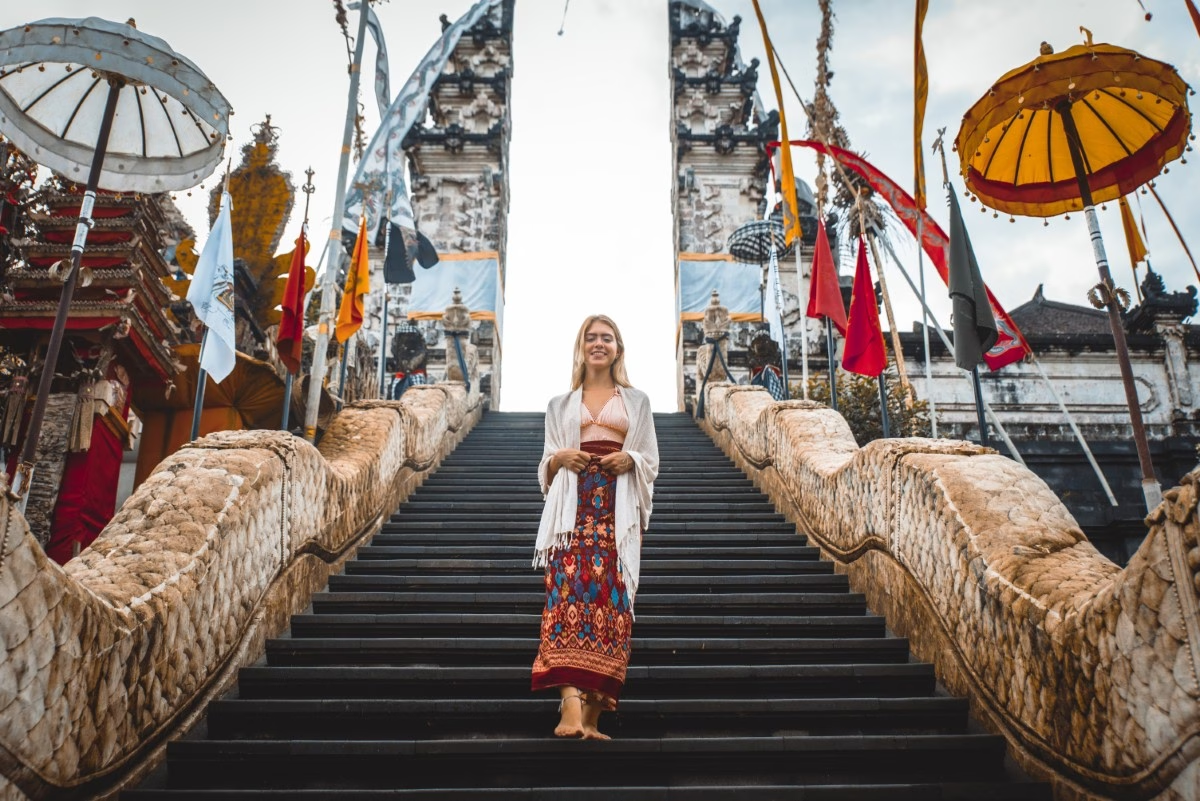
First-Time Solo Travelers
First trips alone can be daunting. Ease into it with these tips:
- Start Close to Home: Consider your own country or a well-developed neighbor for your first solo trip. You’ll be in a familiar cultural setting and language.
- Short & Structured: Book group tours (even half-day city tours) on your first day to meet others and orient yourself. Tourways and other providers often have adventure tours for solos.
- Plan Thoroughly: Read trip reports, blogs (like TripWays’ Travel Tips section) and guidebooks. Make an itinerary with key contacts (embassy, local friends, hostel front desk).
- Emergency Simulations: Before you depart, rehearse solutions: e.g. look up local emergency numbers, plan what you’d do if you lost your bag, etc. This mental prep makes actual issues less stressful.
- Community: Seek out online forums or social media groups for first-time solo travelers; you’ll find peer advice and moral support. (TripWays’ Travel Tips & Hacks and communities on Facebook or Reddit can be good resources.)
- Enjoy Your Company: Learn to enjoy eating or exploring on your own terms. Bring a good book or a travel journal. Confidence builds with each successful outing. In fact, survey data shows safety worries drop significantly after just a few solo trips.
Senior Solo Travelers
Retirees and older adults traveling alone often plan more carefully – and that’s a strength. Use it:
- Pace Yourself: Build rest days into your itinerary. Avoid back-to-back late nights of sightseeing. Seniors can be wonderful slow travelers: take longer at museums, linger at cafés, and listen to your body.
- Use Tours: Group excursions can reduce stress. One senior traveler suggests joining small private tours with skip-the-line benefits, or senior-friendly group trips, both of which come with guides and companions. (TripWays lists many group tour options by region.)
- Health First: Pack all medications plus copies of prescriptions, and carry a doctor’s note for any controlled drugs. Research local healthcare quality and have travel insurance that covers pre-existing conditions.
- Stay Charged: As noted, rely on your phone for GPS and info. Always carry a portable charger—running out of battery in a new city can leave you stranded.
- Meet Others: Many seniors travel solo but love company. Stay in hostels or B&Bs known for older guests, or use apps like Meetup to find walking groups or language cafes. Even a hotel lobby with fellow travelers can feel safer late at night.
- Emergency Planning: Share daily plans with someone and schedule regular check-ins. Pack basic first aid and, if balance is a concern, consider a walking pole which can also deter threats (two “extra legs” are steadier). In general, older solos should trust their instincts – they often have more life experience to recognize scams or unsafe situations.
Expert Tip: A Travel+Leisure contributor (a senior traveler herself) advises booking a tour or at least guided entry to major attractions, both to skip lines and to feel safe among a group. She also warns, “Keep an eye on your cell phone’s battery” because depending on GPS is easy. This underscores a universal point: no matter your age or style, stay connected and don’t wander without a backup plan.
Travel Resources & TripWays Links
- TripWays Travel Tips: For more in-depth advice, check out TripWays’ Travel Tips & Hacks section, which features dozens of articles on planning and safety (for example, their Puerto Rico guide includes specific solo-travel cautions).
- Top Destinations: TripWays’ Best Countries for Solo Travel guide highlights safe, solo-friendly destinations emphasizing comfort, convenience, and culture.
- Solo Travel Podcasts: For inspiration and tips from experts and travelers, TripWays’ “15 Best Travel Podcasts” list can help (many episodes cover safety and solo experiences).
